
Jobs
No matter what age you work with, there are students who want to help, want attention, or just can't sit still. Jobs helps address these needs. There are lists all over the web, but here's a link with lots of choices.
Scholastic Job List
No matter what age you work with, there are students who want to help, want attention, or just can't sit still. Jobs helps address these needs. There are lists all over the web, but here's a link with lots of choices.
Scholastic Job List
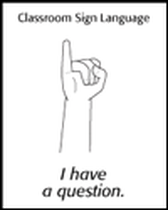
Sign Language
Rick Morris has some great resources, including posters depicting different sign language he used in his classroom. Remember that time you had a great conversation going, and then a student raised his/her hand to ask, "Can I go to the bathroom?" Halt great discussion. Instead, have a hand signal that does not require any verbal discussion and save that conversation's flow! Rick Morris suggests starting with 3-4 signals, then slowly introducing more as they become necessary.
New Management - Sign Language
Rick Morris has some great resources, including posters depicting different sign language he used in his classroom. Remember that time you had a great conversation going, and then a student raised his/her hand to ask, "Can I go to the bathroom?" Halt great discussion. Instead, have a hand signal that does not require any verbal discussion and save that conversation's flow! Rick Morris suggests starting with 3-4 signals, then slowly introducing more as they become necessary.
New Management - Sign Language
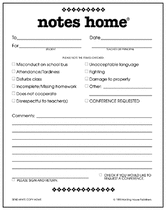
Consequences Continuum
It sounds obvious, but set a clear series of consequences (1. warning, 2. note home, 3. call home, 4. conference, etc) in place in the beginning of the year and stick with it. I've attached one that I use, adapted from what my colleague, Will Pulgarin uses.
Behavior Agreement and Consequences
Notes home (with carbon copy)
It sounds obvious, but set a clear series of consequences (1. warning, 2. note home, 3. call home, 4. conference, etc) in place in the beginning of the year and stick with it. I've attached one that I use, adapted from what my colleague, Will Pulgarin uses.
Behavior Agreement and Consequences
Notes home (with carbon copy)
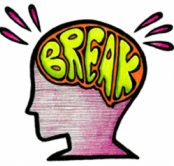
Brain Breaks
Introduced to my by colleague, Will Pulgarin. If you sense your students are getting antsy after having focused on a sitting-still activity for a while, you can give them a little break! The 'brain break' will allow for students to release energy and then put more enthusiasm into the next activity. Just make sure to have clear expectations about voice volume and cues to return to seats at the beginning of the activity.
Some sites with suggested 'brain break' ideas:
20 3-minute brain breaks
Get movin'! $5
Introduced to my by colleague, Will Pulgarin. If you sense your students are getting antsy after having focused on a sitting-still activity for a while, you can give them a little break! The 'brain break' will allow for students to release energy and then put more enthusiasm into the next activity. Just make sure to have clear expectations about voice volume and cues to return to seats at the beginning of the activity.
Some sites with suggested 'brain break' ideas:
20 3-minute brain breaks
Get movin'! $5
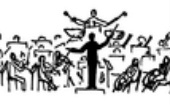
Music
Be the 'conductor' of your class by using music cues. Instead of using your voice, train your students to recognize that a certain sound means a certain activity. For instance, a squeeky toy squeezed 3 times can mean "return to your seats!"
A good resource is Google Play -- you can upload your music from iTunes and other music sources.
Be the 'conductor' of your class by using music cues. Instead of using your voice, train your students to recognize that a certain sound means a certain activity. For instance, a squeeky toy squeezed 3 times can mean "return to your seats!"
A good resource is Google Play -- you can upload your music from iTunes and other music sources.
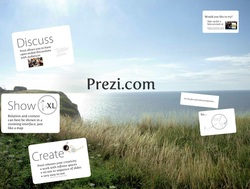
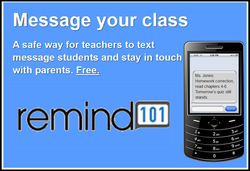
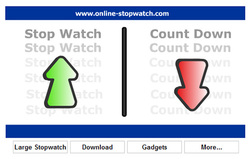








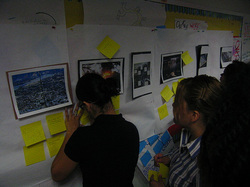
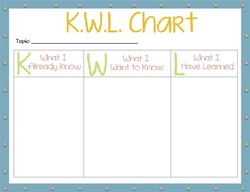
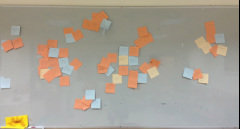
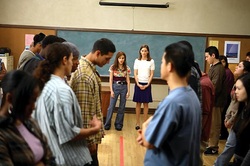
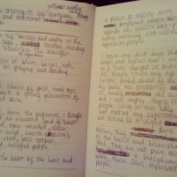
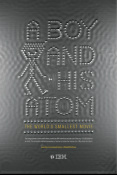

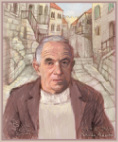


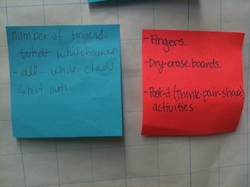
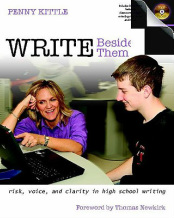
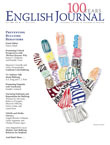

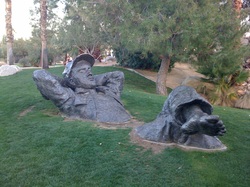
 RSS Feed
RSS Feed